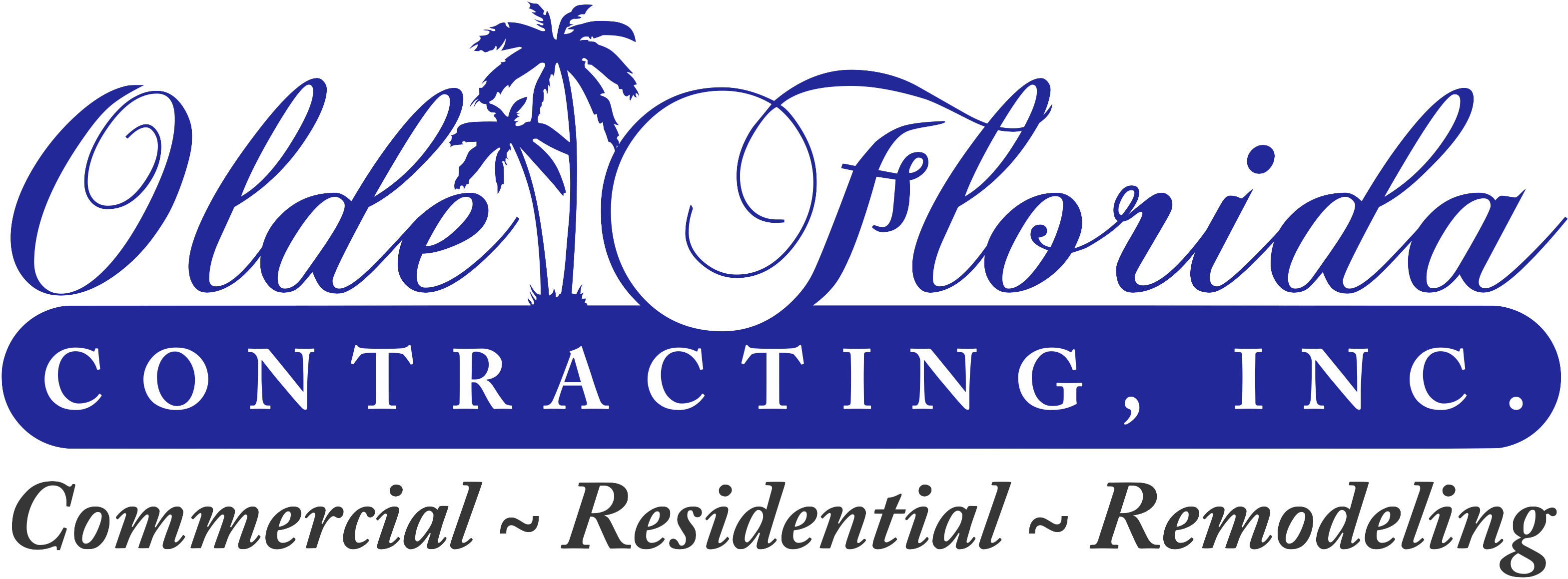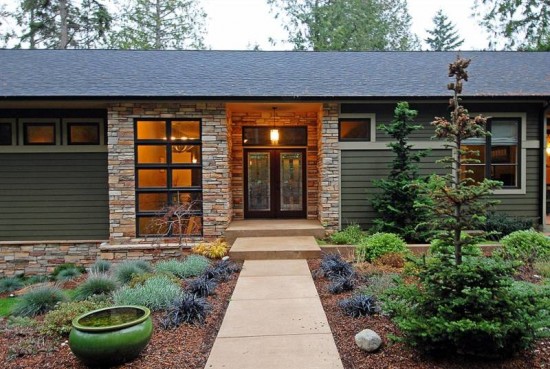Features for an Energy-Efficient Home
When designing a home, there are many aspects to consider – from the number of bedrooms to the color of the exterior walls. Building an energy-efficient home is one of the best ways homeowners can save money and still have all the features for a beautiful, comfortable home. Below are some ideas to consider for designing a home that will make your living space environmentally friendly and economically sustainable.
can i buy Pregabalin in canada Cool Roofs
Cool Roofs are designed to reflect sunlight and lower roofing temperatures. Cool Roofs are made from a type of reflective material within roofing materials such as tiles, shingles or paint. This energy-saving technique is ideal for houses in warm climates where air conditioning costs are high all year around.
Exterior Doors and Windows
When choosing windows and doors, it’s important to make your selection based on energy performance ratings as well as impact ratings. The advanced technology used in these types of features prove to be well worth the investment, not only for protecting the integrity of the home. Highly rated materials promise to significantly lower energy costs as well insurance rates.
Skylights
Skylights have many benefits, which makes them ideal for any home. Skylights improve efficiency in heating, lighting and ventilation. It is important to note that if you are considering placing skylights in your home, the U.S. Department of Energy recommends they be no larger than five percent of the floor area in rooms with several windows and 15 percent of the floor area in rooms with minimal windows.
Window Treatments
There are many types of curtains and shades specifically designed to help reduce energy costs in your home. There is a vast selection of these types of window treatments so that one mustn’t sacrifice style for function.
Fans
Installing fans throughout your home is one of the best money-saving ways to keep cool. This, of course, allows you to use your air conditioning unit less but even more impressive is that the energy consumption of most ceiling fans is less than that of a light bulb.
Bathroom and Kitchen Fixtures
When you purchase the appliances and the fixtures for your bathrooms and kitchen, check for their Energy Star rating. Installing items with high Energy Star ratings can add up to save you a substantial amount of money each year.
Exterior Colors
Believe it or not, the exterior paint color of your house is a contributing factor for heat conduction. A light exterior color will help the home stay cooler, while a darker color will absorb heat.
Insulation
Insulation is absolutely essential to energy efficiency in your home. Researching the various types of insulation is a must to ensure the most efficient type and proper installation for your home.
Flooring
The type of flooring in your home can also effect heating/cooling. Carpet lends itself to a warmer feel while tile and stone can help keep it cool. Wood and laminate surfaces tend to be fairly neutral, allowing for versatility with the use of area rugs. Another thing to consider is maintenance and the ease and expense of cleaning bare floors versus carpet.

